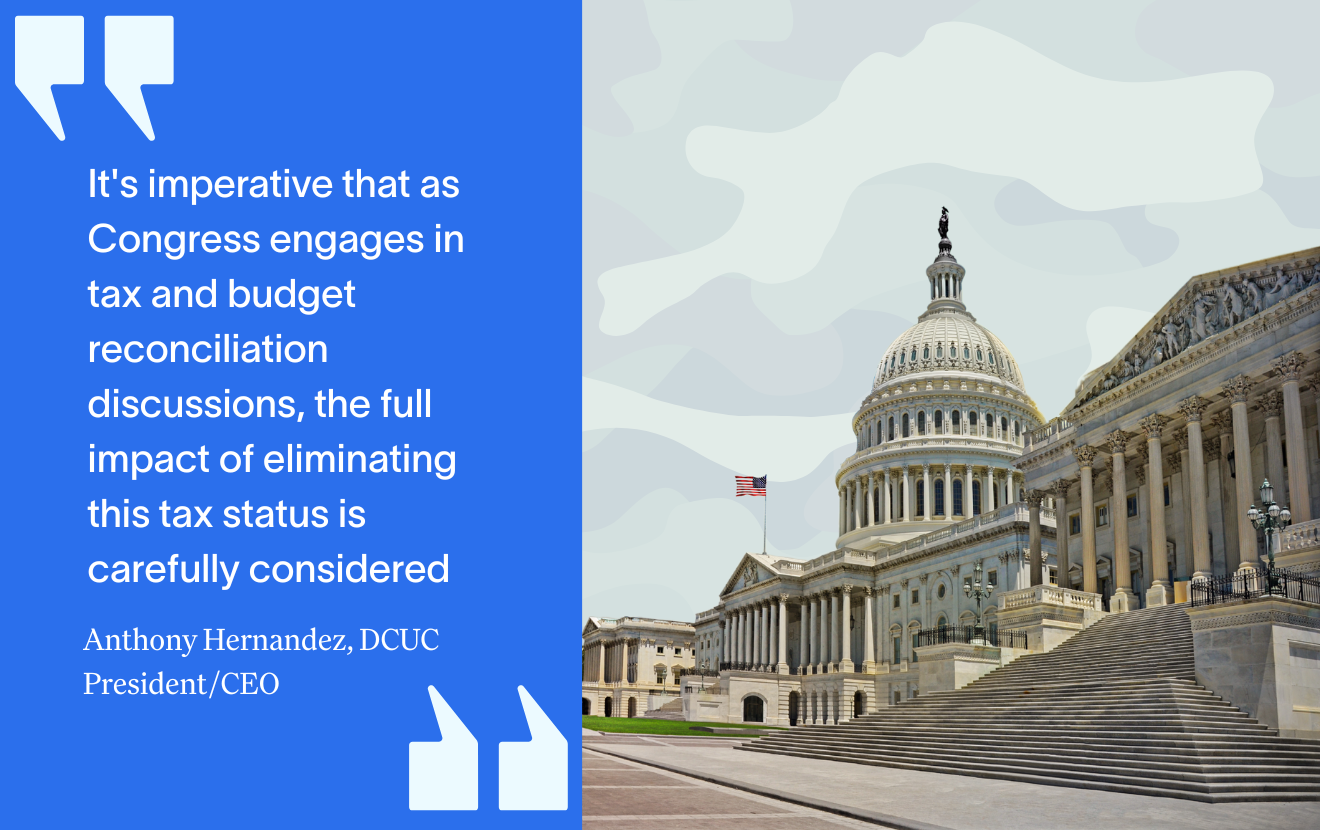For credit unions wanting to expand their Member Business Loans (MBLs), members approaching retirement age could be just the market they have been looking for.
More and more credit union members are approaching retirement age. The aging of credit union memberships presents opportunities and challenges. This article is one in a series on the aging of America and what it means for credit unions.
Baby Boomers (Americans born between 1946 and 1964) have been a significant segment of the U.S. population for the past 60 years. In fact, they are the largest segment of the population and as they have moved through life stages they have profoundly impacted the economy. As they retire from their primary professions, big changes are coming for America.
As “Boomers” approach retirement age, traditional thinking would dictate that they quit working for wages, sit on the porch in a rocking chair or spend their time and money traveling. But, Boomers have never been traditional. From the 1960’s on, Boomers have set new trends. And now as they approach retirement age, a significant number of Boomers are not looking to “retire” in the traditional sense. Many are looking to “transition” to new self-employment horizons. These Boomers want to pursue dreams that they did not have the time or resources to pursue before. For credit unions looking to expand their Member Business Loan portfolios, transitioning Boomers could present a golden opportunity – providing those credit unions are willing to make the commitment and investment to meet the needs of this new market.
U.S Census Bureau reports show that the number of seniors are growing by about 15% each year. By 2030, there will be 75 million seniors. Unlike past generations of geriatrics though, modern seniors are not so keen at becoming non-productive at age 65. Many want to remain in their professions for years beyond their 65th birthday. For many other Boomers, around age 55 to 65 is the time to change professions and redefine themselves in the world of small business. The Kauffman Index reports that new business startups by older individuals exceeds 25% of all startups, up from 15% just a short time ago. Kauffman researchers report, “An aging population has led to a rising share of new entrepreneurs in the age 55 to 64 groups." An article in the Fall 2016 edition of AMAC Advantage : Who Says You Are Too Old, authored by Gerry Hafer, has some interesting insights into how the aging population presents opportunities for financial institutions. According to Hafer, older individuals have the highest share of “opportunity entrepreneurship” due to their overall education levels and experience. These people have better chances of success and growth potential compared to other segments of the population. Hafer goes on to say that “while some studies have concluded that an aging population has an unfavorable effect on economic growth, it is heartening to understand that there are forces in play to potentially counteract some of the loss of productivity that can accompany the aging process." Credit unions can contribute to the productivity of seniors and boost their bottom lines in the process.
In order for credit unions to meet the needs of Boomers looking to start their own businesses, there are a number of issues to consider:
- Is credit union management willing to invest in the hiring and/or training of loan personnel who can be expert in small business loans?
- Is the credit union up to providing services that small business startups might need? Those services would include:
- Capital loans
- Lines of Credit
- Cash services
- Merchant card services
- Resources (directly or indirectly) to help entrepreneurs start and sustain a business
- Mobile-banking services including remote deposit capture
- Does the credit union have the commitment and resources to market specifically to the Boomer MBL segment?
Many Boomers looking to start their own businesses already have some business skills gained from being employed at a business. However, working for a business and actually running a business are two radically different disciplines. A credit union that assumes that their primary function would be to make small loans to entrepreneurs and provide little else will most likely lead to failure for the entrepreneur and the credit union’s program. An entrepreneur may have a great idea for a product or service. But without resources to guide them through the startup process and resources to help them develop on-going management skills – that entrepreneur’s success will be dubious at best. To make their entrepreneurial MBL program successful, credit unions must have business startup resources that they can refer members to. Furthermore, credit unions must have the ability to gauge the business skill level of an entrepreneur and be willing to insist the prospective business person pursue resources and skill-building in areas where they are weak.
There are a number of resources available to guide credit unions and Boomer entrepreneurs through to successful outcomes. These resources include:
Small Business Administration (SBA)
For entrepreneurs, the SBA offers many resources.
SCORE is a national network of more than 11,000 entrepreneurs, business leaders and executives who volunteer as mentors to America’s small businesses. Across the country, SCORE offers over 10,000 local business workshops and seminars relating to the needs of local business owners. For more information visit: (www.sba.gov/score) or www.SCORE.org.
Small Business Development Centers (SBDC) mission is to build, sustain, and grow small businesses. With over 900 locations across the country, SBDCs offer existing and future entrepreneurs free one-on-one expert business counseling and low-cost training by qualified professionals. SBDCs offer special focus areas as well, such as green business technology, international trade, and so forth. For more information on SBDCs: www.sba.gov/sbdc.
ENCORE ENTREPRENEURS provides education and training for one of the fasted growing groups of business owners – age 50 and older. SBA and AARP have partnered to mentor, counsel, and educate Americans age 50 and over on how to start or grow a small business. For more information on ENCORE: www.sba.gov/encore.
For credit unions, the SBA offers a number of methods to fund MBLs through loan guarantee programs including:
7(a) Loan Program is SBA’s primary business loan program. There are a number of options available to credit unions and borrowers when it comes to 7(a) loans. Like all federally guaranteed loan programs, credit unions much meet minimal requirements and qualify before being able to provide such loans. However, besides the ability to have a portion of a member’s loan guaranteed, SBA also provides coaching and training for lenders. Those credit unions who work with the SBA and use it to its full potential usually find the experience positive.
Other SBA loan guarantee programs that might be particularly useful to funding entrepreneurs include: SBA EXPRESS for up to $350,000 and requiring much less paperwork than other loans might require; and the MICROLOAN PROGRAM for loans up to $50,000 for borrowers who meet certain requirements. For more information on SBA loans and programs: www.sba.gov.
Another resource for credit unions to consider is the National Federation of Community Development Credit Unions which recently announced that it is partnering with the Community Reinvestment Fund USA to launch a software platform that will allow community development credit unions to more easily make loans through the SBA. The Federation’s website is: www.cdcu.coop.
Of course, credit unions need not depend on federal guarantees to make entrepreneurial loans, especially to Boomers. Most Americans approaching retirement age have significant assets to be used for collateral such as home equity and so forth.
MBLs have their own unique risks. As with any lending program, credit unions should have policies in place specifically addressing entrepreneurial MBLs. They should also have an empirically-derived Loan Concentration Risk policy. As always, credit unions should also be using statistically-validated Risk Management tools including:
- Credit Migration reports including ALLL Placement Recommendations
- Risk Based Loan Pricing
- Asset /Liability Management Modeling
Transitioning Baby Boomer s are going to need financial resources that are specific to their needs. For credit unions willing to meet those needs with a well-planned and marketed program, there could be significant profit opportunities.







